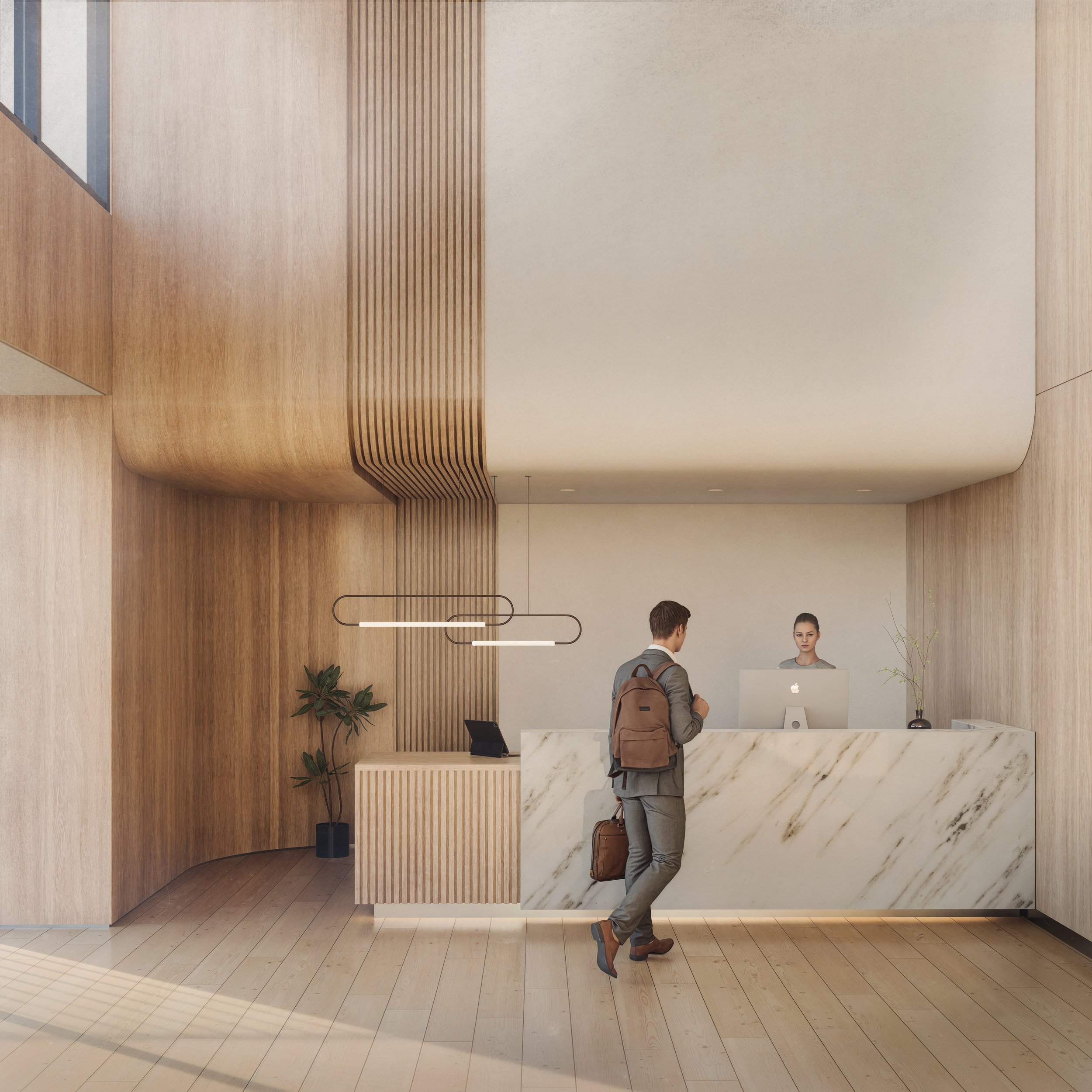The Intersection of Art & Technology: How Software Expands Creativity
The relationship between art and technology has never been more closely connected. With the rapid development of creative software, artists and designers are discovering new ways to express ideas, solve problems, and bring visions to life. Technology is no longer a separate discipline from art; it has become a core part of the creative process.
Software enables precision, scale, and experimentation that would be difficult to achieve using traditional tools alone. From architectural visualisation and product design to digital illustration and visual effects, technology empowers creators to explore ideas with a level of speed and accuracy that transforms workflows entirely.
One of the most profound impacts of software on creativity lies in its ability to make iteration easier and faster. Artists can experiment with multiple design directions, lighting scenarios, materials, and compositions within the same project environment. This flexibility reduces the limitations that often come with physical media and encourages a more explorative mindset.
Creative software also opens doors to collaboration across disciplines. Designers, engineers, and artists can work within shared platforms, using the same digital models to inform everything from branding and storytelling to fabrication and performance. Whether building a virtual set or crafting a digital sculpture, the use of software connects people and processes in ways that strengthen the final output.
In fields like CGI, architecture, and digital filmmaking, the ability to simulate light, material behaviour, and real-world environments brings an added dimension to visual storytelling. Artists are able to shape not only the form of a subject but also its mood, tone, and atmosphere. These tools allow for the creation of immersive environments that evoke powerful emotional responses.
Accessibility is another key shift. With intuitive interfaces and increasingly powerful hardware, professional-grade tools are now available to a much broader group of creators. Whether on a desktop or tablet, the same software can now be used to design a building, compose a soundtrack, or create an interactive experience.
It is this intersection of artistic instinct and technological capability that defines the modern creative process. Software enhances, rather than replaces, the human element—enabling artists to focus more fully on ideas while automating the technical burdens that once slowed progress.
As creative tools evolve, the potential for innovation continues to grow. The combination of traditional skill and digital power is shaping a new generation of visual storytellers who are not limited by medium, location, or even physics. It is an exciting time to be at the heart of this intersection, where creativity is not only supported by technology but expanded through it.


